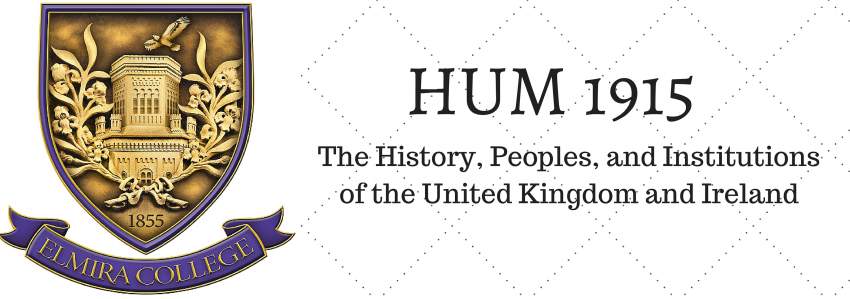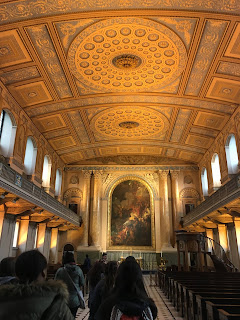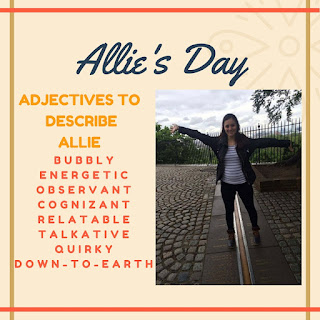What did the HUM 1915 class do today?
- Walk through Parliament Street
- City Cruise down the Thames to Greenwich
- Tour of the Old Royal Naval College
- Lunch at the Naval College
- Royal Observatory
- Greenwich Market
Tourists gather along Parliament Street awaiting the Queen's arrival to Parliament
After spending some time on Parliament Street and passing the residence of the Prime Minister on 10 Downing Street, we continued on to our river cruise. The Thames 210 miles long, the longest river in Europe to have a walking trail it's entire length. The river is home to over 25 species of fish and sometimes dolphins and seals can be spotted from the Tower Bridge. It is also one of the cleanest rivers in the world.
The students patiently await departure on the river cruise
Tower for the first time!
After spending an hour and a half on the Thames, the class got off at Greenwich, where we made our way to the Old Royal Naval College. Originally built in the 1420s Henry VII acquired the former Palace of Pleasure, and rebuilt it to become Greenwich Palace. This was a favorite residence during the Tudor reign and the birth place of Henry VIII, Mary I, and Elizabeth I. Unfortunately over time, much of the palace has been destroyed by natural disasters and lack of preservation. Lucky for our class we got the opportunity to view a model of the structure that was known as the Tudor Castle at Greenwich and many artifacts such as pottery, jewelry, and tools.
Professor Wolfe leads the students to the Old Royal Naval College
Anne, our tour guide, shows the class what the Tudor Palace at Greenwich would've looked like
Skittle Alley: Emily O, Erika, and Sadie try their hand at it
In the knave of the campus chapel there were four statues: Faith, Hope, Charity, and Meekness.
During the period of time in which the campus functioned as the Naval College, the Meek statue was covered with a black cloth because the Navy aspirants were not allowed to possess meekness.
Statue representing meekness
St. Peter and Paul Chapel suffered a fire in 1772 and was refurbished in just 10 years by James 'Athenian' Stuart and William Newton, featuring the painting at the altar in the neoclassical style by
Benjamin West. West was the 2nd president of the Royal Naval College and was also a Pennsylvanian. This beautiful area hosts many weddings and sees many celebrity visitors. Yesterday Sir Elton John was heard playing the organ in the presence of Colin Firth, Halle Berry, and Channing Tatum in production for Kingsman 2.
Sts. Peter and Paul Chapel
Wedgwood Ceiling
After marvelling at the chapel, Anne led the class to the Painted Hall.
In 1707 James Thornhill was commissioned to paint in the hall and for the following 19 years worked on these rooms alone. He started with the lower hall and and began painting the upper hall in 1718. Many people question how such an elaborate piece could be done on a ceiling! Thornhill did some of his work horizontally on a scaffold however much of it was done from an upright position focusing on one small area at a time which gave little opportunity to view the progress in it's entirety. The piece features a theme of peace and liberty over tyranny. This is depicted through different historical figures such as King William and Queen Mary in a glorious state in the central oval, and emphasizes the importance of strong naval powers.
Entering the Painted Hall
The ceiling of the Painted Hall
Anne tells the story of the Painted Hall and its creator, Sir James Thornhill
Fancy meal at the Old Royal Naval College
Group pic on the stairs after our lunch
Our next stop in Greenwich was the Royal Observatory at Greenwich.
Royal Observatory
This spot also happens to be on the Prime Meridian, where tourists can take a picture in two different hemispheres/time zones.
Every member of HUM 1915 standing in two hemispheres
~~~~~~~~~~~~~~~~~~~~~~~~~~~~~~~~~



No comments:
Post a Comment